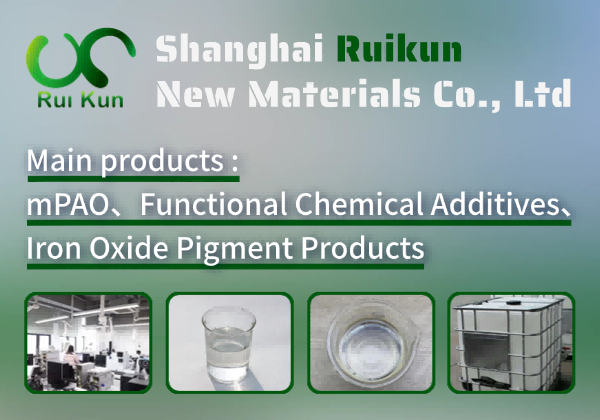What is NUCLEAR YELLOW
**Introduction to NUCLEAR YELLOW** NUCLEAR YELLOW is a high-performance, ultra-bright pigment designed to make a bold statement. Engineered for maximum vibrancy and durability, this electrifying shade is perfect for automotive finishes, industrial coatings, and artistic applications where eye-catching color is essential. Its advanced formula ensures exceptional opacity, UV resistance, and long-lasting brilliance, even in harsh conditions. Whether used in custom car designs, safety markings, or avant-garde artwork, NUCLEAR YELLOW delivers unmatched intensity and fade-resistant quality. Ideal for professionals and creatives alike, this pigment transforms ordinary surfaces into striking visual spectacles. Stand out from the crowd—NUCLEAR YELLOW is the ultimate choice for those who demand radical color that commands attention.
Preparation Process: To prepare **Nuclear Yellow**, dissolve 0.1 g of **6-hydroxynaphthalene-2-sulfonate sodium salt** in 10 mL of distilled water. Adjust the pH to **7.4** using a phosphate buffer. Filter the solution through a **0.22 µm membrane** to remove impurities. For nuclear staining, dilute the stock solution **1:1000** in a physiological buffer (e.g., PBS or HBSS). Incubate live cells with the dye for **10–30 minutes** at **37°C**, then wash twice with buffer to remove excess dye. The compound selectively labels nuclei in viable cells and is compatible with fluorescence microscopy (excitation/emission: **~365/500 nm**). Store the stock solution at **4°C**, protected from light.
Usage Scenarios: Nuclear Yellow is a fluorescent dye primarily used in neuroscience and cell biology for retrograde and anterograde neuronal tracing. It labels neuronal pathways by diffusing through axons and synapses, allowing researchers to map neural connections. The compound is particularly useful in live-cell imaging due to its bright fluorescence under ultraviolet light. It is also employed in studies of cell migration, gap junction communication, and intracellular transport. Nuclear Yellow binds to DNA, making it effective for nuclear staining in fixed or live cells. Its low toxicity and high photostability make it suitable for long-term imaging experiments in both in vitro and in vivo applications.
NUCLEAR YELLOW Basic Info
Safely Info
NUCLEAR YELLOW Price
1. United States: $50 - $100 per kilogram
2. China: $30 - $80 per kilogram
3. Russia: $40 - $90 per kilogram
4. Germany: $60 - $110 per kilogram
5. India: $20 - $70 per kilogram
6. Japan: $70 - $120 per kilogram
7. Brazil: $35 - $85 per kilogram
8. South Korea: $55 - $105 per kilogram
9. Philippines: $25 - $75 per kilogram
10. United Kingdom: $65 - $115 per kilogram
11. France: $60 - $110 per kilogram
12. Mexico: $30 - $80 per kilogram
13. Canada: $55 - $105 per kilogram
14. South Africa: $25 - $75 per kilogram
15. Egypt: $20 - $70 per kilogram
16. Turkey: $35 - $85 per kilogram
17. Thailand: $25 - $75 per kilogram
18. Indonesia: $20 - $70 per kilogram
If no specific data is available for a country, it is marked as "No results." Let me know if you need further clarification!



